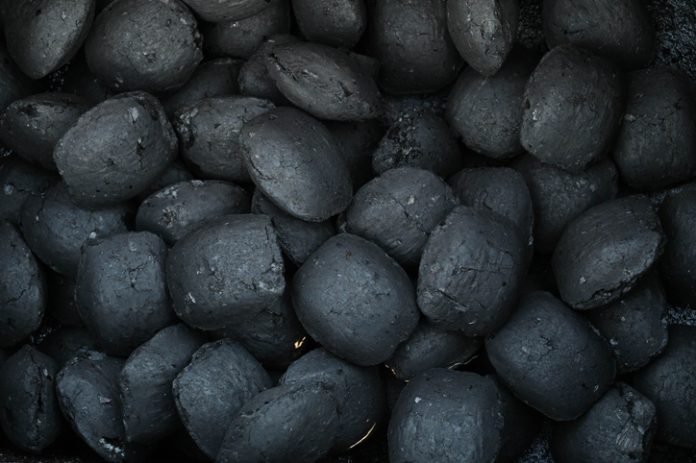In the pursuit of sustainability, industries across Europe are increasingly looking towards innovative solutions to tackle environmental challenges. One such challenge lies in agricultural waste, which, if left unaddressed, can contribute to pollution and greenhouse gas emissions. However, with the right approach, agricultural waste can be transformed into a valuable resource. In this article, we delve into the potential of recycling European agricultural waste into charcoal briquettes, offering both environmental benefits and economic opportunities.
The Agricultural Waste Challenge
Europe’s agricultural sector generates significant amounts of waste, including crop residues, straw, husks, and other organic materials. Traditionally, much of this waste is either burned openly, contributing to air pollution, or left to decompose, emitting methane, a potent greenhouse gas. Both practices pose environmental and health risks, highlighting the urgent need for sustainable alternatives.
Unlocking Value through Recycling
Recycling agricultural waste into charcoal briquettes offers a sustainable solution to this challenge. Charcoal briquettes are a clean-burning, high-energy fuel source that can replace traditional fuels like wood and coal. By transforming agricultural waste into charcoal, we not only divert organic matter from landfills but also reduce reliance on finite fossil fuels.
The Conversion Process
The process of converting agricultural waste into charcoal briquettes involves several stages.
- Collection: Agricultural waste, such as crop residues and husks, is collected from farms and agricultural processing facilities.
- Carbonization: The collected waste undergoes a carbonization process, where it is heated in a low-oxygen environment to remove volatile components and produce charcoal.
- Grinding: The charcoal is then ground into a fine powder, increasing its surface area and enhancing its combustion properties.
- Briquetting: The charcoal powder is mixed with a binder, such as starch or clay, and pressed into briquettes of desired shapes and sizes.
- Packaging and Distribution: The finished charcoal briquettes are packaged and distributed to consumers, ready for use.
Benefits of Charcoal Briquettes
The production and use of charcoal briquettes offer numerous benefits:
- Environmental Preservation: Recycling agricultural waste into charcoal briquettes reduces the need for landfill space and minimizes greenhouse gas emissions from waste decomposition and open burning.
- Energy Efficiency: Charcoal briquettes are a highly efficient fuel source, providing a consistent and long-lasting heat output.
- Economic Opportunities: The production of charcoal briquettes creates employment opportunities in rural areas and supports local economies.
- Renewable Resource: Unlike fossil fuels, which are finite and contribute to climate change, charcoal briquettes are made from renewable agricultural waste.


إرسال تعليق